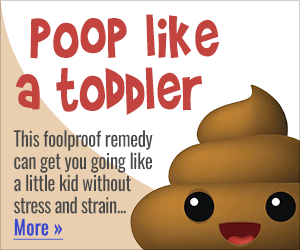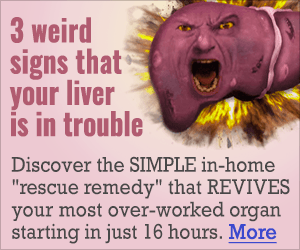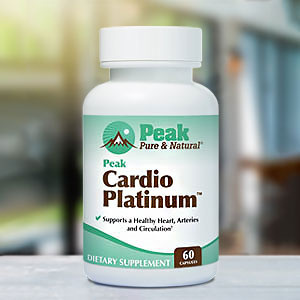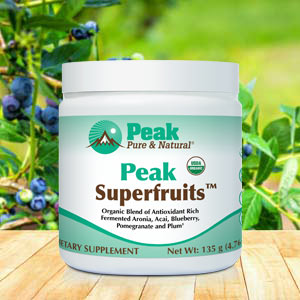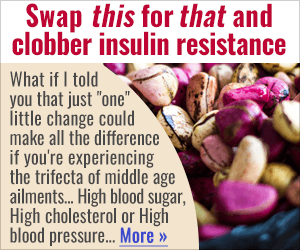Get Easy Health Digest™ in your inbox and don’t miss a thing when you subscribe today. Plus, get the free bonus report, Mother Nature’s Tips, Tricks and Remedies for Cholesterol, Blood Pressure & Blood Sugar as my way of saying welcome to the community!
Trouble sleeping? It could lead to liver disease

Metabolic dysfunction-associated steatotic liver disease (MASLD), formerly known as non-alcoholic fatty liver disease, affects 30% of adults worldwide.
By 2040, just 16 years from now, health experts predict that percentage will rise to 55%.
People with MASLD suffer damage from inflammation and tissue scarring, caused by abnormal accumulation of fat.
That leads to heightened risks for diabetes, cancer (both liver and elsewhere), chronic kidney disease and cardiovascular disease.
Oddly enough, there seems to be a strong connection between sleep quality and higher risk for MASLD — yet another reason to pay attention to your sleep habits.
Here’s what you need to know…
What’s sleep got to do with your liver?
Previous research using data based on sleep questionnaires has linked liver disease with poor sleep quality.
However, the American Academy of Sleep Medicine recommends that more objective measures than sleep questionnaires be used to prove the existence of a link between sleep disruption and MASLD.
So, when researchers at the University of Basel and Basel’s University Center for Gastrointestinal and Liver Diseases set out to learn more about the poor sleep-MASLD connection, they used 24/7 actigraphy.
Between 2019 and 2021, they tracked 46 adults who had either MASLD, MASH (a more severe form of MASLD) or cirrhosis of the liver. Sixteen healthy people served as the control group.
Each wore a sensor on the wrist to track gross motor activity, including light exposure, physical activity and body temperature. They also underwent clinical investigation, interviews, follow-ups and kept a sleep diary.
While there was no difference in the length of sleep between the groups, the actigraph data showed that the people with MASLD woke 55% more often at night. And, they lay awake 113% longer after first falling asleep than the healthy control group.
“We concluded from our data that sleep fragmentation plays a role in the pathogenesis of human MASLD,” says corresponding author Dr. Sofia Schaeffer.
But a question remained…
“Whether MASLD cause sleep disorders or vice versa remains unknown,” she added.
“The underlying mechanism presumably involves genetics, environmental factors, and the activation of immune responses — ultimately driven by obesity and metabolic syndrome.”
The metabolic dysfunction in MSLD linked to poor sleep
Even though the researchers are still not sure whether sleep disruption leads to liver disease, or vice versa, I have a theory about the driving force…
Of the 46 participants in the study, 80% of those with MSLD had hallmark symptoms of metabolic syndrome (MetS), including:
- Higher levels of triglycerides
- High fasting glucose
- High blood insulin levels
- And lower levels of HDL (“good”) cholesterol.
Additionally, they were all obese. A large waist circumference, often part of obesity, is the 5th symptom associated with MetS.
And guess what has been linked to increasing the risk of MetS? Irregular or variable sleep patterns.
A larger study funded by the National Heart, Lung, and Blood Institute found that people with greater variations in their bedtimes and hours they slept had a much higher risk of metabolic conditions — specifically, each of the symptoms for MetS.
That makes the sleep link even stronger and makes is clear that if you don’t have MASH or cirrhosis, start now to avoid MASLD by staying clear of the symptoms of MetS and improving sleep quality.
Start with a good diet you can stick to, but add these five easy hacks to keep MetS at bay.
To sleep like a baby, try implementing the bedtime routine of a toddler. And, if you haven’t tried melatonin, consider it. It can help you sleep and support immune function, one of the factors mentioned by Dr. Schaeffer above.
Editor’s note: There are perfectly safe and natural ways to decrease your risk of blood clots including the 25-cent vitamin, the nutrient that acts as a natural blood thinner and the powerful herb that helps clear plaque. To discover these and other secrets of long-lived hearts, click here for Hushed Up Natural Heart Cures and Common Misconceptions of Popular Heart Treatments!
Sources:
Broken sleep a hallmark sign of living with the most common liver disease, scientists find — Eureka Alert
Significant nocturnal wakefulness after sleep onset in metabolic dysfunction-associated steatotic liver disease — Frontiers in Network Physiology




